Table of content
Tea-scented shrimp, a dish that harmoniously blends the briny sweetness of seafood with the earthy, aromatic notes of tea, is a culinary masterpiece that transcends cultural boundaries. Rooted in Chinese gastronomy, this recipe elevates simple ingredients into a symphony of flavors, making it a favorite among home cooks and gourmands alike. In this comprehensive guide, we will explore the intricacies of crafting this delicate dish, from selecting the finest ingredients to mastering the cooking techniques that ensure every bite is a revelation.
The Essence of Tea-Scented Shrimp
At its core, tea-scented shrimp is a celebration of contrasts: the tender, succulent texture of shrimp meets the subtle, lingering fragrance of tea leaves. The dish’s appeal lies in its simplicity—minimal seasonings allow the natural flavors to shine, while the tea imparts a layer of complexity that is both soothing and invigorating. Whether served as an appetizer at a dinner party or as a light main course, this dish captivates with its balance of elegance and rustic charm.
Ingredients: The Foundation of Flavor
To recreate this dish authentically, one must begin with premium ingredients. The star of the show is, of course, the shrimp. Opt for fresh, medium-sized shrimp (approximately 21-25 count per pound) with their shells intact. The shells not only protect the meat during cooking but also contribute to the dish’s depth of flavor. For a vegetarian twist, some recipes substitute the shrimp with hearty mushrooms or tofu, though the traditional version remains unparalleled.
The tea selection is equally critical. While jasmine green tea is the classic choice—owing to its floral aroma and mild bitterness—other teas like oolong or even black tea can be used to experiment with flavor profiles. Avoid overly strong or smoky teas, as they may overpower the shrimp’s delicate taste.
Complete Ingredient List:
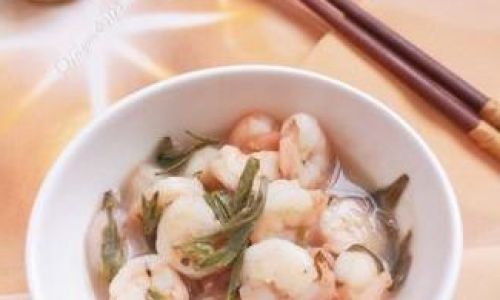
- 1 lb (450g) fresh shrimp, peeled and deveined (shells reserved for stock)
- 2 tbsp high-quality loose-leaf tea (jasmine green tea recommended)
- 3 cups water (for tea infusion and shrimp stock)
- 2 tbsp vegetable oil
- 3 garlic cloves, minced
- 1-inch ginger, peeled and grated
- 1 tbsp Shaoxing wine (or dry sherry)
- 1 tbsp light soy sauce
- 1 tsp sesame oil
- 1 tsp cornstarch (mixed with 1 tbsp water for slurry)
- 2 green onions, finely sliced (for garnish)
- Salt and white pepper to taste
The Cooking Process: Step by Step
Preparing the Tea Infusion
The tea serves a dual purpose: it flavors the shrimp and forms the base of the cooking liquid. Begin by steeping the tea leaves in hot water (175°F/80°C for green tea) for 3–4 minutes. Strain the tea, reserving the liquid and discarding the leaves. This infusion will be used later to poach the shrimp.
Crafting the Shrimp Stock
Enhance the dish’s umami by creating a quick shrimp stock. In a saucepan, simmer the reserved shrimp shells in 2 cups of water for 15 minutes. Strain the stock, discarding the shells. This golden liquid will add a subtle brininess to the final dish.
Marinating the Shrimp
Marination is key to infusing flavor into the shrimp. In a bowl, combine the shrimp, minced garlic, grated ginger, Shaoxing wine, light soy sauce, sesame oil, and a pinch of white pepper. Allow the shrimp to marinate for 20 minutes at room temperature. This step tenderizes the meat and imparts aromatic undertones.
Sautéing the Aromatics
Heat the vegetable oil in a wok or skillet over medium heat. Add the marinated shrimp (reserving the marinade) and stir-fry for 2–3 minutes until they turn pink. Remove the shrimp and set aside. In the same pan, sauté the remaining garlic and ginger until fragrant, being careful not to burn them.
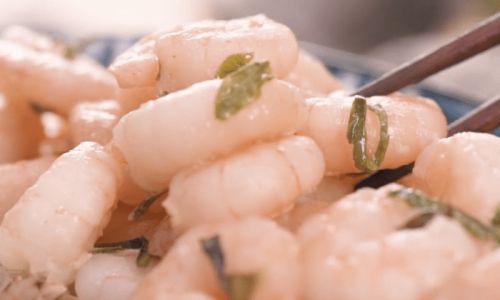
Combining Flavors
Return the shrimp to the pan and pour in the reserved marinade, tea infusion, and shrimp stock. Bring the mixture to a gentle simmer. The liquid should reduce slightly, concentrating the flavors. Stir in the cornstarch slurry to thicken the sauce, creating a glossy finish that clings to the shrimp.
Final Touches
Remove the pan from heat and drizzle with a touch of sesame oil for added sheen. Garnish with sliced green onions and a sprinkle of toasted sesame seeds if desired. Serve immediately with steamed jasmine rice or alongside a crisp salad.
Tips for Perfection
- Tea Selection: Experiment with teas like dragon well (Longjing) for a grassy note or chrysanthemum tea for floral sweetness.
- Shrimp Quality: Fresh shrimp will yield a sweeter flavor. If using frozen, thaw them slowly in the refrigerator.
- Cooking Time: Overcooking shrimp results in rubbery texture. Remove them from heat as soon as they turn opaque.
- Aroma Control: Avoid boiling the tea infusion vigorously, as this can release bitterness. A gentle simmer preserves its delicate fragrance.
- Customization: For a spicy kick, add a pinch of chili flakes or fresh bird’s eye chili during sautéing.
The Science Behind the Scent
The magic of tea-scented shrimp lies in the Maillard reaction and the solubility of aromatic compounds. When the shrimp are cooked in the tea-infused liquid, the heat causes the tea’s volatile oils—such as linalool and geraniol—to vaporize and adhere to the shrimp’s surface. Simultaneously, the amino acids in the shrimp react with the sugars from the tea, creating a complex flavor profile that is both savory and subtly sweet.
Cultural Context and Variations
In China’s coastal provinces, where tea cultivation and seafood are abundant, tea-scented shrimp is a staple of family feasts. Variations of the dish exist across regions: in Fujian, chefs might add dried scallops for oceanic depth, while in Sichuan, a touch of Sichuan peppercorn introduces a numbing heat. Modern interpretations even incorporate citrus zest or coconut milk for a fusion twist.
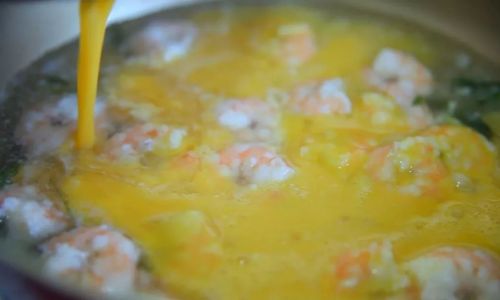
Health Benefits
Beyond its culinary appeal, tea-scented shrimp offers nutritional merits. Shrimp is a lean source of protein, rich in selenium and vitamin B12, while green tea provides antioxidants like catechins, which support heart health. The dish’s low-fat preparation method—stir-frying rather than deep-frying—aligns with mindful eating practices.
Serving Suggestions
Pair this dish with a crisp Riesling to complement the tea’s floral notes, or opt for a light lager to cleanse the palate between bites. For a non-alcoholic option, serve it with chilled oolong tea to echo the dish’s thematic ingredient.
Troubleshooting Common Issues
- Bitter Aftertaste: This often stems from oversteeping the tea or using low-quality leaves. Stick to recommended steeping times and invest in reputable tea brands.
- Mushy Shrimp: Overcrowding the pan during cooking traps steam, leading to uneven cooking. Cook in batches if necessary.
- Weak Flavor: Ensure the shrimp stock is adequately reduced to concentrate umami. Add a pinch of sea salt to amplify the dish’s savory notes.
Conclusion: A Dish That Transcends Time
Tea-scented shrimp is more than a recipe—it is a testament to the art of balance in cooking. By harmonizing the sea’s bounty with the earth’s leaves, it offers a meditative dining experience that soothes the soul. Whether you are a seasoned chef or a curious home cook, mastering this dish invites you to explore the endless possibilities of flavor pairing. So, gather your ingredients, brew a pot of tea, and embark on a culinary journey that bridges tradition and innovation. Your taste buds will thank you.
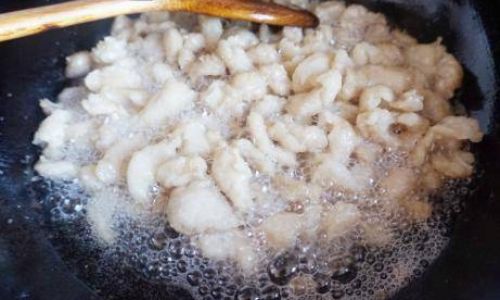
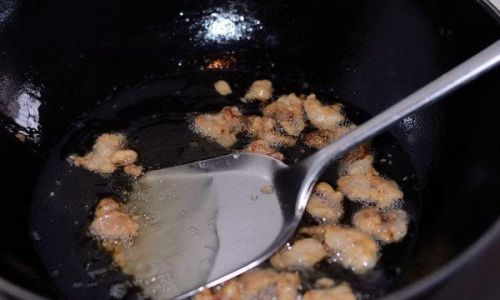
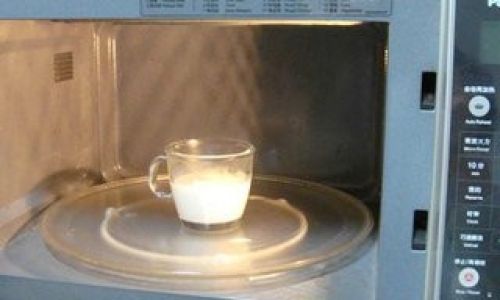

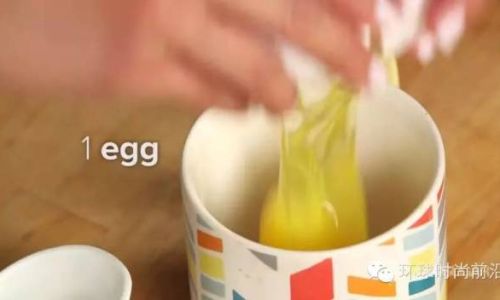
0 comments